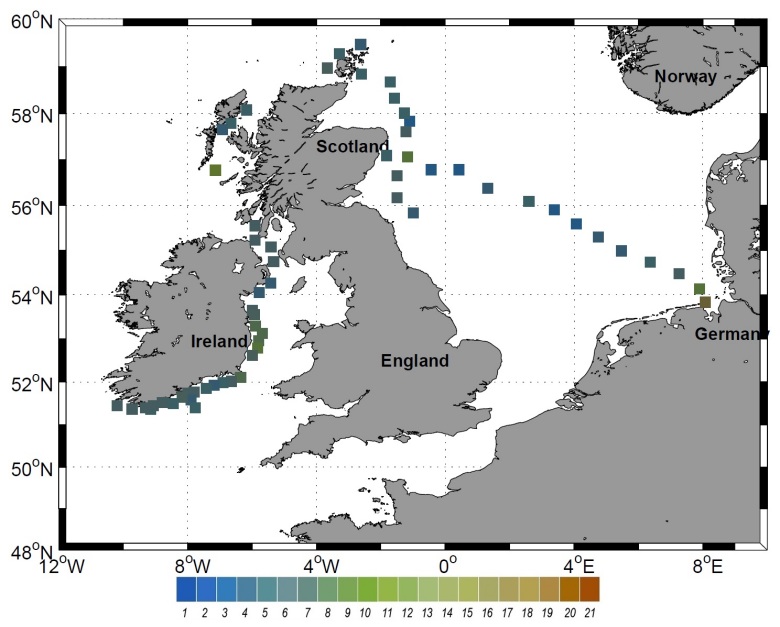Hyperspectral Optics

-image: ICBM / Universität Oldenburg-
Ocean colour measurements offer a non-invasive approach to monitoring and assessing marine ecosystems at different spatial scales. This approach is challenging in coastal waters, shelf seas, and polar waters, as they are known to be optically complex. As part of COSYNA, hyperspectral radiometers mounted on stationary and mobile (e.g. ship-borne) platforms are used to investigate the ‘bio-optical state’ of the sea, i.e. the colour of seawater producing constituents, to improve the interpretation of ocean colour in optically complex waters.
The major problems in this environment are surface reflected glint, sea conditions, and meteorological conditions. Mitigating these perturbations will allow us to distinguish different seawater constituents that interact with solar radiation from ocean colour products. Bio-optical models that have been developed using ocean colour products predict e.g. turbidity with good accuracy. The Institute for Chemistry and Biology of the Marine Environment at the Carl von Ossietzky University Oldenburg performs these investigations in co-operation with the Helmholtz-Zentrum Hereon.
| chlorophyll | CDOM | suspended matter / turbidity |

